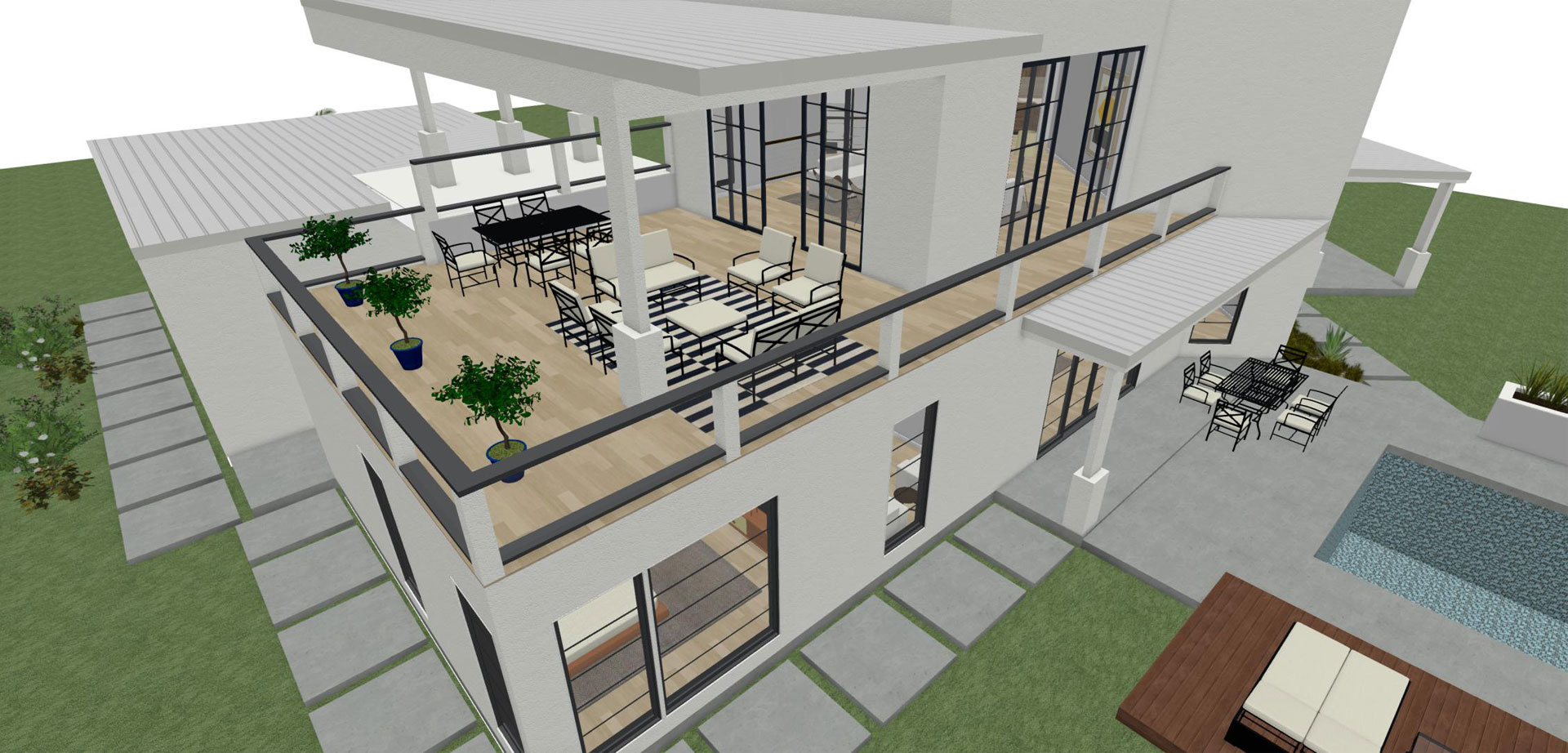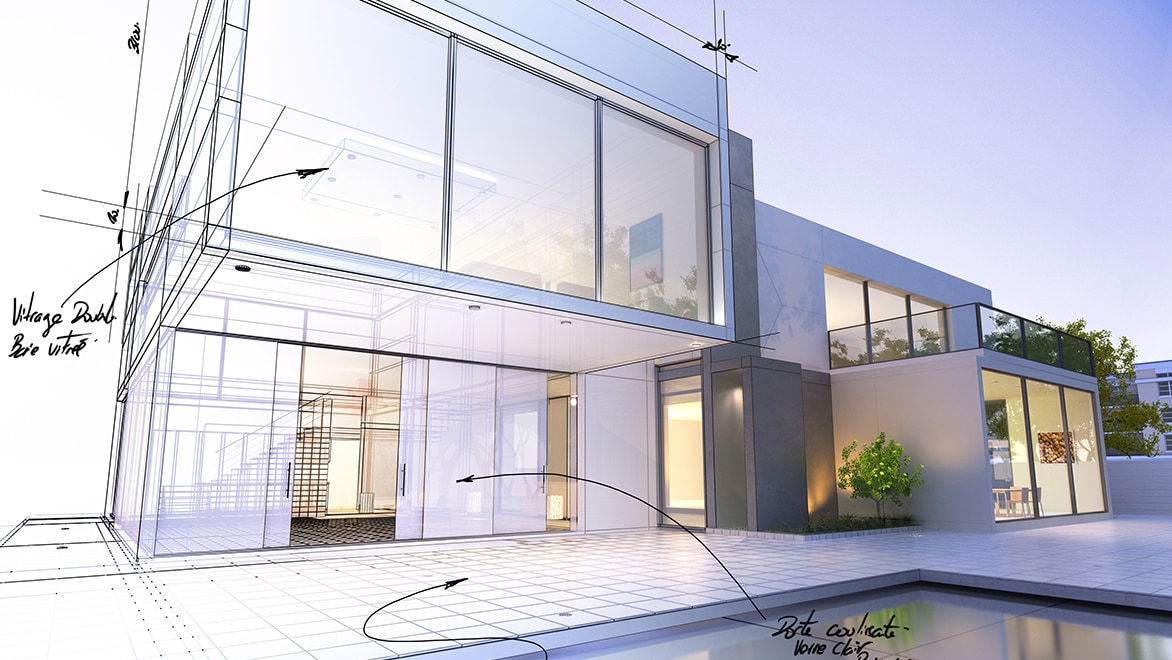The Effect of Technological Developments on the Design Practices of Contemporary Architects
The fast development of technical tools has significantly improved the layout landscape for modern architects, fostering unprecedented levels of innovation and sustainability. The combination of Building Information Modeling (BIM), parametric layout, and expert system has not only streamlined collaboration among diverse teams yet additionally redefined job execution. Nonetheless, as designers embrace these innovations, they are faced with complex difficulties that could influence their innovative processes. Exploring these characteristics reveals a nuanced interplay in between technology and standard design approaches, prompting a better exam of what the future holds for architectural methods.
Evolution of Architectural Equipment
Exactly how have architectural devices transformed the design and construction processes over the centuries? The advancement of building tools has substantially affected the effectiveness, accuracy, and creativity of layout and building.
With the introduction of the Renaissance, the introduction of the compass and the protractor noted a crucial change. These devices allowed architects to accomplish higher precision in their layouts, facilitating the development of even more detailed and proportionate structures. The Industrial Change better changed building exercise with the introduction of mechanized tools and materials, allowing for larger and a lot more enthusiastic jobs.
In the 20th century, the advancement of computer-aided style (CAD) software transformed the landscape once more, offering designers with extraordinary abilities in modeling and visualization. Today, advanced tools such as Structure Details Modeling (BIM) and parametric layout software program remain to press the boundaries of building technology, allowing a more incorporated technique to design and building and construction processes.
Improved Cooperation in Style
As modern technology remains to advance, enhanced cooperation in design has come to be a cornerstone of contemporary building technique. The integration of electronic devices such as Structure Information Modeling (BIM), cloud-based systems, and progressed visualization software has actually changed the way designers, designers, and stakeholders connect throughout the design process. These tools promote real-time communication, enabling groups to share concepts, modifications, and comments instantaneously, despite geographical place.

Additionally, interdisciplinary partnership has been structured via these technical innovations, allowing designers to work extra very closely with other professionals, such as city organizers and environmental specialists. The result is an extra natural method to develop that thinks about various viewpoints and proficiency. Inevitably, improved collaboration in design is not just a fad; it is crucial for developing ingenious, practical, and visually pleasing design in a progressively complicated world.
Sustainability With Technology
Sustainability in architecture has actually increasingly ended up being intertwined with technical advancement, driving the market towards ecologically accountable techniques - cda architects. Contemporary architects are leveraging sophisticated modern technologies to minimize environmental impact while improving the efficiency of structures. One noticeable example is making use of Structure Details Modeling (BIM), which enables precise planning and resource allotment, minimizing waste throughout construction and promoting energy effectiveness throughout a building's lifecycle
Additionally, wise products and energy-efficient systems are being integrated into styles to enhance source use. Technologies such as photovoltaic cells and eco-friendly roof covering systems harness eco-friendly power sources, adding to reduced carbon footprints. In addition, the application of artificial knowledge in layout procedures makes it possible for engineers to imitate and assess energy usage, assisting decisions toward more lasting end results.
The combination of sustainable innovations not only aligns with international ecological goals but also fulfills an increasing demand from customers for eco-friendly solutions. As engineers accept these advancements, the focus shifts in the direction of developing areas that are not just visually pleasing but also functionally lasting, therefore redefining the requirements of contemporary architecture. By doing other this, technology serves as a stimulant for sustainability, making it possible for engineers to make structures that regard and improve the natural atmosphere.
Difficulties in Application
While technological developments in architecture hold great assurance for improving sustainability, their execution commonly experiences substantial difficulties - cda architects. One key challenge is the steep discovering curve related to brand-new technologies. Engineers and construction professionals may require extensive training to efficiently make use of advanced software application and devices, which can delay job timelines and enhance expenses
In addition, the integration of emerging modern technologies, such as Structure Details Modeling (BIM) and sustainable materials, usually requires collaboration throughout multidisciplinary teams. This collaboration can be hindered by distinctions in proficiency, workflows, and interaction styles, resulting in prospective conflicts and ineffectiveness.
Financial restrictions better complicate the fostering of ingenious technologies. Lots of building firms, particularly smaller sized ones, might lack the resources to purchase sophisticated devices, limiting their capability to contend with bigger companies that can pay for such financial investments.
In addition, governing frameworks and building ordinance may not keep pace with technological improvements, producing uncertainty and prospective compliance problems. This difficulty can dissuade designers from fully welcoming new innovations, as the danger of non-compliance may outweigh the advantages. Dealing with these implementation obstacles is critical for the effective combination of technological innovations in modern architectural practices.
Future Fads in Design
The challenges connected with the execution of new technologies in style have actually prompted a reevaluation of future trends within the sector. As designers navigate concerns such as sustainability, urbanization, and social equity, more helpful hints they are significantly embracing innovative modern technologies to enhance design performance and environmental efficiency.
One famous pattern Learn More is the combination of expert system (AI) in the layout process. AI tools can analyze substantial datasets to notify style decisions, improving both creativity and capability. In A Similar Way, Building Details Modeling (BIM) remains to progress, allowing real-time partnership among stakeholders and helping with streamlined project management.
Sustainable layout techniques are additionally gaining energy, with designers concentrating on adaptive reuse and regenerative design concepts that lessen source usage and waste. The unification of wise products and renewable resource sources will certainly better enhance the durability of structures in the face of climate change.

Final Thought
Technological developments have dramatically improved architectural style practices, facilitating boosted accuracy, partnership, and sustainability. The combination of tools such as Structure Details Modeling and parametric layout software program, along with expert system and clever materials, equips architects to deal with complex challenges better. While execution may provide specific challenges, the ongoing development of these technologies guarantees to drive technology in architecture. Future fads will likely additionally emphasize sustainability and effectiveness, ultimately redefining the developed environment.